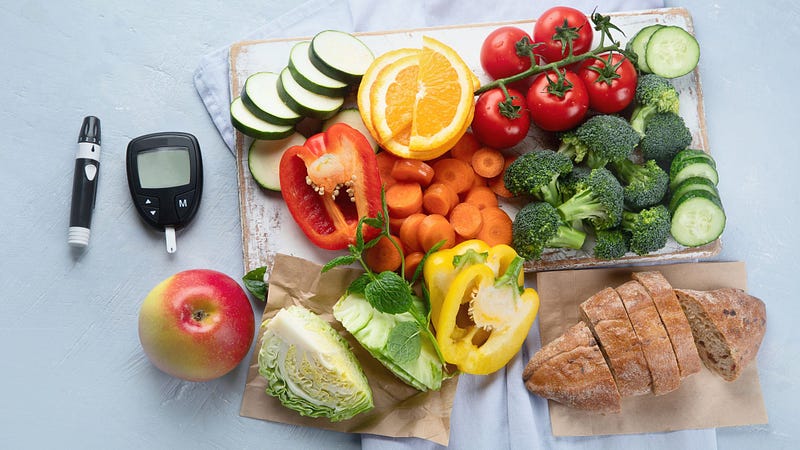Reversing Diabetes the Indian Way: Your Essential Diet Plan Guide

Managing and potentially reversing diabetes can be achieved with a well-structured diet plan, particularly when it incorporates traditional Indian foods known for their health benefits. An effective diabetes reversal diet plan Indians should focus on balancing blood sugar levels, promoting weight loss, and enhancing overall health. Here’s a guide to an Indian-inspired diet plan designed to help you manage or even reverse diabetes.
1. Emphasize Whole Grains and Legumes
Incorporate whole grains like brown rice, quinoa, and millets such as ragi and bajra. These grains have a lower glycemic index and provide sustained energy without spiking blood sugar levels. Lentils and beans, such as chana, moong dal, and rajma, are rich in fiber and protein, helping to regulate blood sugar.
2. Include Non-Starchy Vegetables
Fill your plate with non-starchy vegetables like spinach, cauliflower, and broccoli. These vegetables are low in carbohydrates and high in fiber, aiding in blood sugar control and digestion. Add them to salads, soups, and curries for added nutrition.
3. Options for Lean Proteins
Include lean proteins like chicken, fish, and tofu in your meals. Proteins help to keep you full longer and support muscle maintenance. For vegetarians, options like paneer and Greek yogurt are excellent choices.
4. Choose Healthy Fats
Incorporate healthy fats from sources like avocados, nuts, and seeds. Use cooking oils such as olive oil or coconut oil in moderation. These fats can improve insulin sensitivity and help manage blood sugar levels.
5. Incorporate Spices and Herbs
Indian cuisine is rich in spices like turmeric, cinnamon, and fenugreek, which have been shown to have beneficial effects on blood sugar levels. Include these spices in your cooking to enhance flavor and support your diabetes reversal diet plan Indian goals.
6. Stay Hydrated
Drink plenty of water throughout the day. Herbal teas such as green tea and neem tea can also aid in maintaining blood sugar levels. Avoid sugary drinks and opt for water or unsweetened beverages instead.
7. Monitor Portion Sizes
Pay attention to portion sizes to avoid overeating. Using smaller plates and mindful eating practices can help in managing calorie intake and blood sugar levels.
8. Regular Meals and Snacks
Eat smaller, balanced meals throughout the day to keep your blood sugar stable. Include healthy snacks such as fruits, nuts, or yogurt between meals to prevent large fluctuations in blood sugar.
9. Consult a Healthcare Professional
Before starting any new diet plan, consult with a healthcare professional or a registered dietitian. They can tailor the plan to meet your specific needs and ensure that it aligns with your overall health goals.
By following a diabetes reversal diet plan Indian inspired by traditional cuisine, you can take significant steps towards managing your diabetes effectively. Embrace the power of traditional foods combined with modern nutritional knowledge for a healthier, balanced lifestyle. For more personalized advice and support, visit Indyte Nutrition and Lifestyle Clinic.
.jpg)


Comments
Post a Comment